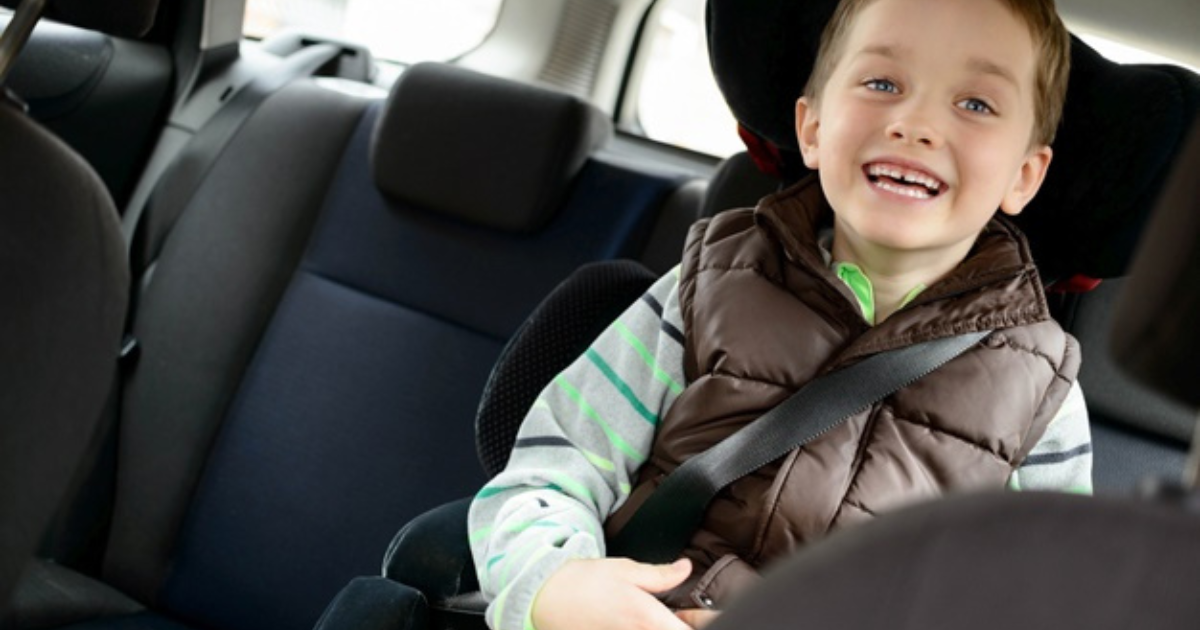Keeping children safe in the car is a top priority, but many parents face the challenge of a curious or restless child unbuckling their seat belt. Not only can this be distracting, but it’s also a serious safety risk. If your child keeps unbuckling their seat belt, don’t worry—there are several practical strategies and tools to help prevent this behavior. Here’s a comprehensive guide to keeping your child safely buckled in their car seat.
Why Do Children Unbuckle Their Seat Belts?
Understanding why a child might unbuckle their seat belt can help you address the behavior effectively. Here are some common reasons:
- Curiosity: Young children are naturally curious and may be drawn to the bright red release button on the buckle.
- Discomfort: If the seat belt or harness is uncomfortable, a child may try to unbuckle it to relieve the discomfort.
- Restlessness: Long car rides can make children fidgety, leading them to explore their surroundings, including the seat belt buckle.
- Seeking Independence: Older toddlers may unbuckle their belts as an attempt to assert independence.
Tips for Stopping Your Child from Unbuckling Their Seat Belt
Here are some effective techniques to prevent your child from unbuckling their seat belt and ensure a safe ride.
1. Teach Your Child the Importance of Staying Buckled
From an early age, explain the importance of seat belts and staying buckled for safety. Use simple language, like “The seat belt keeps you safe,” or “Staying buckled means you’re safe in the car.” Emphasize that the car seat is a “safe place,” and reinforce the message consistently.
2. Use a Seat Belt Guard or Cover
Seat belt guards or buckle covers are small devices that go over the seat belt buckle, making it harder for a child to press the release button. These tools are designed to be easy for adults to remove but challenging for young children. Make sure the guard is compatible with your car seat and doesn’t interfere with its safety features.
Popular Options:
- Buckle Guard: A plastic cover that fits over the buckle, requiring a tool or a bit of extra dexterity to release.
- Chest Clip Lock: If your child is unbuckling the chest clip on a harnessed seat, chest clip locks can prevent them from sliding it down.
3. Make Sure the Harness or Seat Belt is Properly Adjusted
An improperly adjusted harness can lead to discomfort, making it more likely that your child will attempt to unbuckle. Ensure the harness is snug, with no slack around the shoulders. The chest clip should sit at armpit level, and you should only be able to fit one finger between the harness and your child’s chest.
4. Use Positive Reinforcement and Rewards
If your child stays buckled throughout the ride, reward them with praise or a small treat at the end of the trip. Use positive reinforcement to build good habits. Statements like, “Thank you for staying buckled, that was very safe!” can help encourage them to stay secured.
Reward Ideas:
- Stickers or small toys as a reward for each successful trip.
- A special privilege, like choosing the next family activity, for consistently staying buckled.
5. Keep Your Child Engaged During the Ride
Keeping your child occupied can reduce their urge to fidget and play with the seat belt buckle. Here are a few ideas:
- Books and Toys: Bring a few soft toys, board books, or activity books that can keep their hands busy.
- Window Clings: Reusable window clings give children something fun to play with, keeping them distracted from the seat belt.
- Audiobooks or Music: Many children enjoy listening to stories or songs, which can make the car ride more enjoyable and less tempting for unbuckling.
6. Use a Rear-View Mirror for Monitoring
A baby mirror allows you to see your child without having to turn around, which can be especially helpful if they’re rear-facing. If you notice them reaching for the buckle, you can remind them to keep it on and explain why. In some cases, just knowing they’re being watched can deter unbuckling attempts.
7. Practice Firm and Consistent Boundaries
Setting clear rules about staying buckled in the car is essential. Consistently remind your child that unbuckling is not allowed and firmly, but calmly, redirect their hands if they reach for the buckle.
Example: “We don’t unbuckle in the car because it’s not safe. Let’s keep the buckle on to stay safe.”
Be consistent, and avoid making exceptions, as this can lead to confusion about when it’s okay to unbuckle.
8. Take Breaks on Long Trips
If your child tends to unbuckle due to restlessness on long trips, schedule breaks where you can pull over and let them stretch. Explain that they need to stay buckled while the car is moving but that they’ll get a break to move around soon.
Safety Precautions and Final Tips
- Check Compatibility: Make sure any seat belt guard or cover is compatible with your car seat model.
- Avoid Unapproved Modifications: Don’t modify the car seat or buckle mechanism in ways not approved by the manufacturer, as this can compromise safety.
- Monitor Behavior: Keep an eye on your child’s actions, especially in the early stages of using a new device or boundary.

Leave a Reply